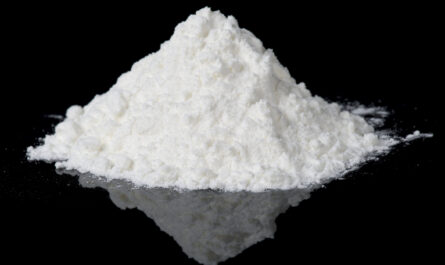Recycled Textile: Harnessing the Potential of Textiles in Sustainable Fashion Industry
The Impact of Recycled Textile
Textile recycling programs help reduce the environmental impact of the textile industry by diverting unwanted clothing and other textiles from landfills. It is estimated that Americans discard around 80 pounds of textiles per person each year. Much of this ends up in landfills where it takes centuries to decompose. By collecting and recycling old textiles, we can help extend the usable life of these resources and reduce landfill waste.
Conserving Natural Resources
Recycling textiles helps conserve the natural resources used in manufacturing new fabrics. It takes about 700 gallons of water to produce enough cotton to make just one pair of jeans. Recycling old cotton clothing reduces the need to use fresh water and agricultural land for growing more cotton crops. Synthetic fabrics like polyester are derived from petroleum. Recycling clothing made from these materials decreases demand for oil and natural gas. Reusing fibers from old garments lessens environmental impacts at various stages of production.
Economic Benefits of the Textile Recycling Industry
The recycled textile industry provides economic benefits by creating jobs and revenues from the resale of used clothing and fibers. Organizations that collect donated clothing employ people to sort, process and prepare items for resale in thrift stores or overseas markets. Fiber manufacturers purchase baled textile waste materials to reprocess into recycled fibers and yarns. This closed loop system keeps materials in use longer versus disposal, supporting a circular economy model. It has been estimated that charitable resale of used clothing alone generates around $1 billion in annual US economic activity and supports thousands of jobs.
Reducing Landfill Waste
One of the biggest environmental advantages of textile recycling programs is that they help reduce the quantity of textiles sent to landfills each year. Americans dispose of around 11 million tons of textiles annually in municipal solid waste landfills. This bulky material takes up significant landfill space and does not biodegrade for decades or more after burial. By donating unused clothing and other fabrics to charitable organizations for resale or recycling, we can extend the lifespan of these resources and prevent huge volumes of waste from accumulating in landfills. Some communities now prohibit placing unused textiles in regular trash bins to encourage higher recycling rates.
Downcycling Versus Upcycling Options
Not all collected textiles are in good enough condition to be resold as used clothing in thrift stores. Worn or damaged fabrics may be downcycled into industrial wiping rags, insulation, carpet padding or other materials with lower quality requirements. Used cotton and denim fabrics are often separated by color and processed into fiberfill for items like stuffing in sleeping bags, cushions and other soft goods. Synthetic fabrics are commonly melted and spun into fiberfill or molded into other plastic products via downcycling methods. Upcycling refers to more innovative ways of transforming old fabrics into new textile products like new yarns, sheets, insulation or other higher value goods. This approach aims to maximize resource recovery from used clothes.
Making an Impact Through Textile Donation and Recycling
With growing awareness of textile recycling’s environmental benefits, many communities have expanded their curbside textile collection programs or added drop-off bins at recycling centers and donation centers. Charitable organizations like Goodwill, Salvation Army and various clothing drives partner with fiber brokers to collect huge volumes of donated clothing each year. Collectively these efforts help divert millions of pounds of used textiles from landfills to more sustainable end uses supporting jobs and our transition to a circular materials economy. Small individual actions like donating usable clothing can have meaningful positive impact when multiplied across millions of community participants. Together, textile recycling programs are helping address waste issues while conserving resources for future generations.
In Summary, recycled textiles are gaining traction as an eco-friendly alternative to conventional fabrics, offering a sustainable solution to mitigate the environmental impact of the fashion industry. By repurposing materials such as discarded clothing, plastic bottles, and industrial waste, recycled textiles contribute to reducing landfill waste and conserving natural resources.
*Note:
1.Source: Coherent Market Insights, Public sources, Desk research
2.We have leveraged AI tools to mine information and compile it



